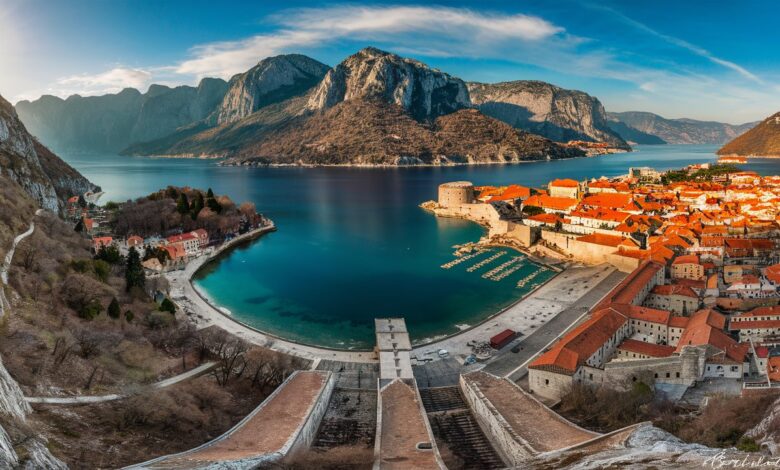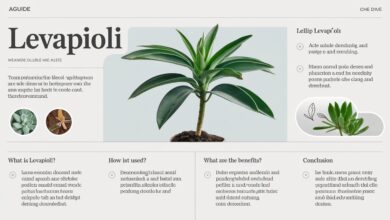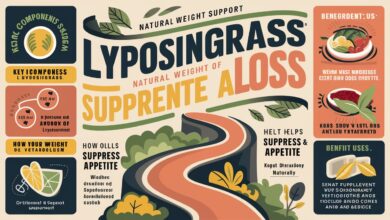Kotora Melnkalne: Discover Kotor, Montenegro’s UNESCO‑Listed Hidden Gem

Tucked away along the sparkling waters of the Adriatic Sea lies Kotora Melnkalne, a lyrical name for the timeless town of Kotor, Montenegro. Framed by dramatic limestone cliffs and cradled by a fjord‑like bay, this UNESCO World Heritage site captivates travelers with its medieval charm, rich history, and unhurried warmth. Whether you’re chasing cultural depth, scenic splendor, or a peaceful seaside escape, Kotora Melnkalne offers an enchanting experience that unfolds like a living story—one that invites you to wander, wonder, and return again.
Historic Heartbeat and Architectural Heritage
Stepping through the formidable stone walls of Kotor’s Old Town—the beating heart of Kotora Melnkalne—is like passing through a portal into centuries past. The Byzantine, Venetian, Serbian, and Austro‑Hungarian influences echo through narrow cobblestone alleyways, Venetian palaces, and serene Romanesque churches. Dominating the skyline is the soaring Cathedral of Saint Tryphon, a 12th‑century marvel that holds sacred relics and Baroque artistry, and bears witness to the town’s storied legacy VucrexIn2Egypt. Climbing higher, the stairs up to the San Giovanni Fortress offer breathtaking panoramas over the bay—each step a testament to Kotor’s resilience through time.
Nature’s Embrace: Bay, Mountains & Beyond
Kotora Melnkalne is nestled in one of the most dramatic settings in Europe—its deep natural harbor resembles a fjord, though formed as a ria, encased by sheer cliffs and framed by the protective presence of Mount Lovćen Vucrex. The palette of emerald water, limestone, olive groves, and wild herbs creates a sensory feast. Hiking trails wind effortlessly from the heart of town into verdant hills, leading to rare viewpoints, hidden shrines like the Church of Our Lady of Remedy, and lush landscapes perfect for reflection and adventure alike VucrexIn2Egypt.
Cultural Traditions & Festive Soul
The culture of Kotora Melnkalne pulses with festivals, music, culinary traditions, and stories that span generations. The Kotor Carnival—one of the oldest in the Balkans—fills the town with color, pageantry, and laughter, while Bokeljska Noć (Boka Night) transforms the bay into a floating wonderland of lit lanterns and melodic harmony In2EgyptVucrex. Local cuisine draws from Mediterranean and Balkan roots—imagine grilled seafood al fresco, farm‑fresh cheeses, olive oil kissed by the sun, accompanied by a glass of locally produced Vranac wine or house‑made rakija.
Responsible Travel & Authentic Hospitality
As tourism thrives, Kotora Melnkalne’s ethos has remained gentle and grounded. Boutique guesthouses in centuries‑old stone buildings, eco‑friendly tours, and support for local markets reflect a commitment to sustainable, respectful tourism that honors both heritage and environment In2EgyptVucrex. Strolling the Old Town on foot, sampling at artisan stands, and engaging with warm, local perspectives create travel memories that feel rich and meaningful.
Conclusion
Kotora Melnkalne may not appear on every map, but it lives vibrant in the minds of those who explore its sun‑softened streets, climb its ancient paths, and taste its spirited traditions. It is a place where time eases its hurry, where history breathes in every stone, and where nature and culture entwine in lasting harmony. For travelers seeking more than a picturesque stop—who long for beauty with depth and quiet wonder—Kotora Melnkalne offers a journey that lingers long after footprints fade.
Frequently Asked Questions (FAQ)
| Question | Answer |
|---|---|
| What does “Kotora Melnkalne” mean? | “Kotora” refers to the town of Kotor, and “Melnkalne” is a poetic form of “Montenegro” (“Black Mountain”), commonly used regionally to evoke heritage and identity. |
| Why call it a hidden gem? | Though globally lesser‑known, Kotora Melnkalne’s medieval architecture, dramatic landscapes, and warm traditions offer a deeply authentic experience. |
| What’s the best time to visit? | Visit between May and October for mild weather, blooming nature, and lively festivals—spring and early autumn balance quieter charm with comfortable temperatures. |
| How do I get there? | The closest airport is in Tivat (~10 km away), with access also via Podgorica, or by road from neighboring Balkan countries; cruise ships also frequent the bay. |
| Is it family‑friendly? | Absolutely—safe pedestrian zones, gentle hikes, engaging history, and relaxed waterfront experiences make Kotora ideal for all ages. |
| Are there sustainable tourism options? | Yes—eco‑lodges, walking routes, local food producers, and mindful cultural tours are all promoted to preserve Kotora’s heritage and environment. |
| Can I swim in the bay? | Yes—several pebbled beaches and quiet coves around Dobrota and Muo offer lovely swimming spots in clear Adriatic waters. |
| What local specialties should I try? | Don’t miss fresh grilled seafood, olive oil tastings, local cheeses, rakija, and regional wines—authentic flavors from local producers abound. |

